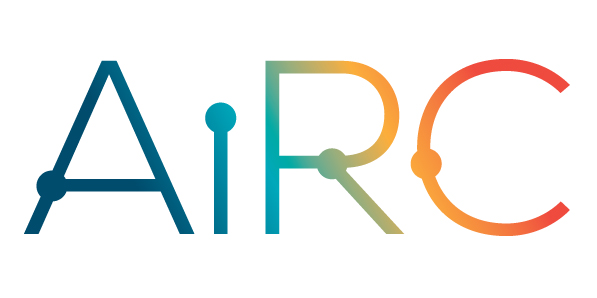On Thursday the 30th of September 2015, , as part of the AIRC/School of Computing research seminar series, Dr. Kristina Luus gave a seminar on:
Satellite-data-driven estimates of Alaskan carbon cycling
Abstract: Average global temperatures have recently been warming, due primarily to increasing atmospheric concentrations of greenhouse gases from
human activities. Warming trends have been strongest across Arctic regions, where immense stores of carbon are frozen below ground in permafrost, leading to more extensive permafrost thaw, and increasing rates of carbon dioxide (CO2) and methane (CH4) release from permafrost into the atmosphere. Simultaneously, warming air temperatures also allowing plants to take up more CO2 from the atmosphere through photosynthesis.
Strong feedbacks between the Arctic climate system and carbon cycle, and their implications for global temperatures, mean that it is important to monitor the rate at which CO2 and CH4 are exchanged between the Arctic land surface and the atmosphere. However, although atmospheric concentrations of CO2 and CH4 can be measured over large regions, rates of land-atmosphere CO2 and CH4 exchange can only be measured over small (<1 km^2) areas.
A satellite-data-driven model was developed to generate fine-resolution estimates of Arctic land-atmosphere CO2 exchange, and was calibrated using site-scale (<1 km^2) observations. Results indicated very good agreement between model estimates and independent tower and airborne observations across Alaska, and provided insights
into the magnitude, and inter-annual variability, of Alaskan CO2 exchange. Satellite-data-driven estimates of land-atmosphere CH4 exchange are now being developed, which will allow improved understanding of the Arctic carbon cycle.
About Dr. Luus: Dr. Kristina Luus is a postdoctoral researcher with CeADAR at DIT. She received her MSc (2009) and PhD (2013) from the University of Waterloo
in Canada, and completed two years of postdoctoral research at the Max Planck Institute for Biogeochemistry in Germany.
Kristina’s current research involves generating satellite-data-driven estimates of the rate at which methane and carbon dioxide are exchanged between the atmosphere, and northern soils/vegetation. She is eager to collaborate within CeADAR, and is especially keen on assisting with projects involving spatial data.
